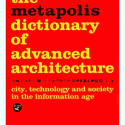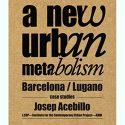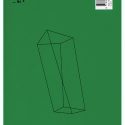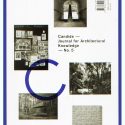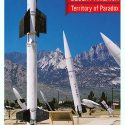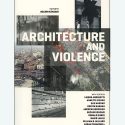Your Cart is empty
GSD Platform 7
Leire Asensio Villoria
A selection from a year’s design speculations, events, and other activities at the Harvard University Graduate School of Design.
The Harvard Graduate School of Design prides itself on the wide scope of its global aspirations, collaborations, and projects. As a School, they are deeply interested in the conditions giving rise to new topics that benefit from the design imagination of our students and faculty across a range of fields and practices. This approach is not so much new as it is intentional, forming a deliberate cornerstone of our mission and pedagogy. They wish for their work to be transformative in multiple locations and in richly varied geographies, societies, economies, cultures, and political circumstances. The projects presented in this book all play their part in taking up this planetary imperative.




